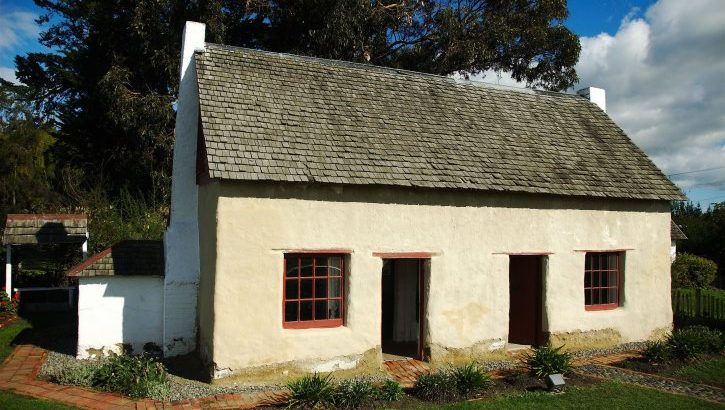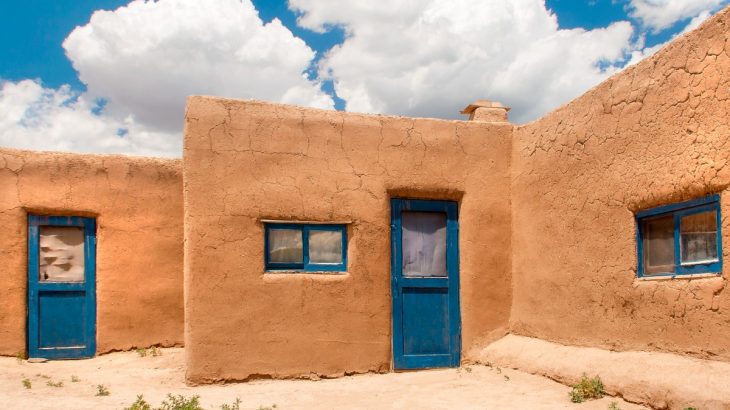Restoring Cob: Bringing Timeless Beauty Back
Greetings, fellow building enthusiasts! Today, we’re delving into the world of cob restoration. Cob, with its earthy charm and timeless appeal, has been used in construction for centuries. Whether you have an old cob building in need of some TLC or you’re just captivated by this age-old building technique, we’ve got you covered. In this comprehensive guide, we’ll walk you through the art of cob restoration, from understanding cob to the step-by-step process of bringing it back to life.
Understanding the Beauty of Cob
Before we dive into the restoration process, let’s take a moment to appreciate the unique qualities that make cob such a captivating building material.
1. Earth-Friendly Charm
Cob is a sustainable and eco-friendly building material made from a mixture of earth, clay, sand, and straw. It’s one of the most natural building methods, with minimal environmental impact.
2. Thermal Comfort
Cob walls have excellent thermal mass properties, meaning they can absorb and release heat slowly, keeping interiors cool in summer and warm in winter.
3. Organic Aesthetics
The organic, sculptural appearance of cob structures gives them a timeless and rustic charm. Cob walls can be sculpted into various shapes and forms, allowing for creative architectural expression.
Assessing Cob for Restoration

Before you start the restoration journey, it’s crucial to assess the condition of the existing cob structure. Here’s what you need to consider:
1. Structural Integrity
Inspect the cob walls for signs of damage or deterioration. Look for cracks, bulges, or areas where the cob has eroded. Assess the overall stability of the structure.
2. Foundation and Footings
Examine the foundation and footings to ensure they are sound and stable. Issues with the foundation can lead to structural problems.
3. Roof and Drainage
Check the condition of the roof and the effectiveness of drainage systems. Leaking roofs and poor drainage can cause significant damage to cob walls.
4. Pest Infestations
Inspect for any signs of pest infestations, such as termites or rodents, which can weaken cob walls.
5. Historical Features
Identify and preserve any historical or architectural features that are unique to the cob structure.
The Cob Restoration Process
Now, let’s get our hands dirty and delve into the step-by-step process of cob restoration.
1. Gather Your Tools and Materials
Before you start, make sure you have all the necessary tools and materials, including cob mix (earth, clay, sand, and straw), wooden forms for shaping, tarpaulins, buckets, and protective gear.
2. Remove Damaged Cob
Begin by carefully removing damaged or deteriorated cob. You can use hand tools or chisels to cut away the damaged sections, taking care not to destabilize the structure further.
3. Repair the Foundation
If the foundation or footings are compromised, repair them to ensure stability. This may involve excavating and reinforcing the foundation.
4. Rebuild Cob Walls
Mix a fresh batch of cob using the traditional cob mix of earth, clay, sand, and straw. Begin rebuilding the cob walls layer by layer. Use wooden forms to shape and mold the cob as needed.
5. Sculpt and Smooth
Cob allows for artistic expression. Sculpt and shape the cob walls to create unique architectural features. Smooth the surface using trowels or your hands, giving the walls a polished finish.
6. Allow for Drying
Cob needs time to dry and harden. Cover the newly restored walls with tarps to protect them from rain and allow them to dry gradually. This process can take several weeks, depending on the climate.
7. Apply Finishes
Once the cob walls are dry, you can apply finishes such as natural lime plaster, which not only enhances the aesthetics but also provides added protection.
8. Maintain and Protect
Regular maintenance is key to preserving your restored cob structure. Inspect for any signs of damage or wear, and address them promptly. Ensure that the roof and drainage systems are functioning correctly to prevent water damage.
Cob Restoration Tips and Considerations
As you embark on your cob restoration journey, keep these tips and considerations in mind:
1. Seek Professional Advice
If you’re unsure about any aspect of cob restoration, consider consulting with a professional architect or builder experienced in working with cob.
2. Preserve Historical Features
If your cob structure has historical features, take extra care to preserve them during the restoration process.
3. Sustainability
Choose sustainable and locally sourced materials when restoring your cob structure to maintain its eco-friendly appeal.
4. Safety First
Wear appropriate protective gear, especially when handling cob mix or working at heights.
5. Patience is a Virtue
Cob restoration is a labor-intensive process that requires patience and dedication. Take your time to ensure the best results.
Embrace the Beauty of Cob
Restoring a cob structure is not just a construction project; it’s an opportunity to connect with centuries-old building traditions and embrace the beauty of a sustainable and eco-friendly material. Whether you’re preserving a historical cob building or embarking on a new cob construction, the journey is as rewarding as the destination.
So, fellow builders, let’s celebrate the earthy charm and timeless appeal of cob and keep the tradition alive through meticulous restoration and innovative design. Happy cob restoring!



















